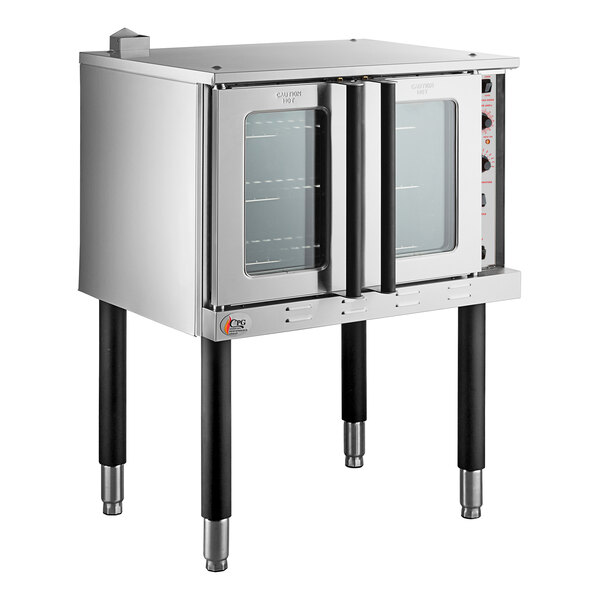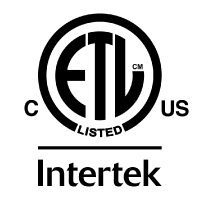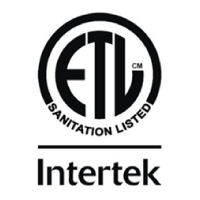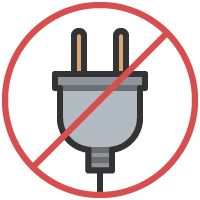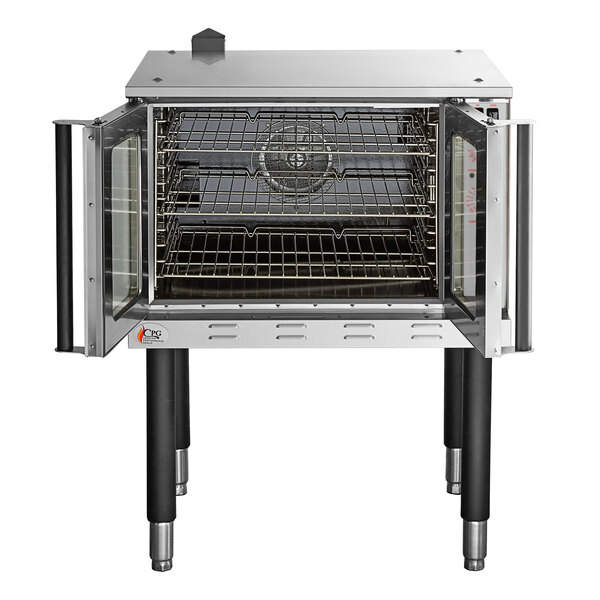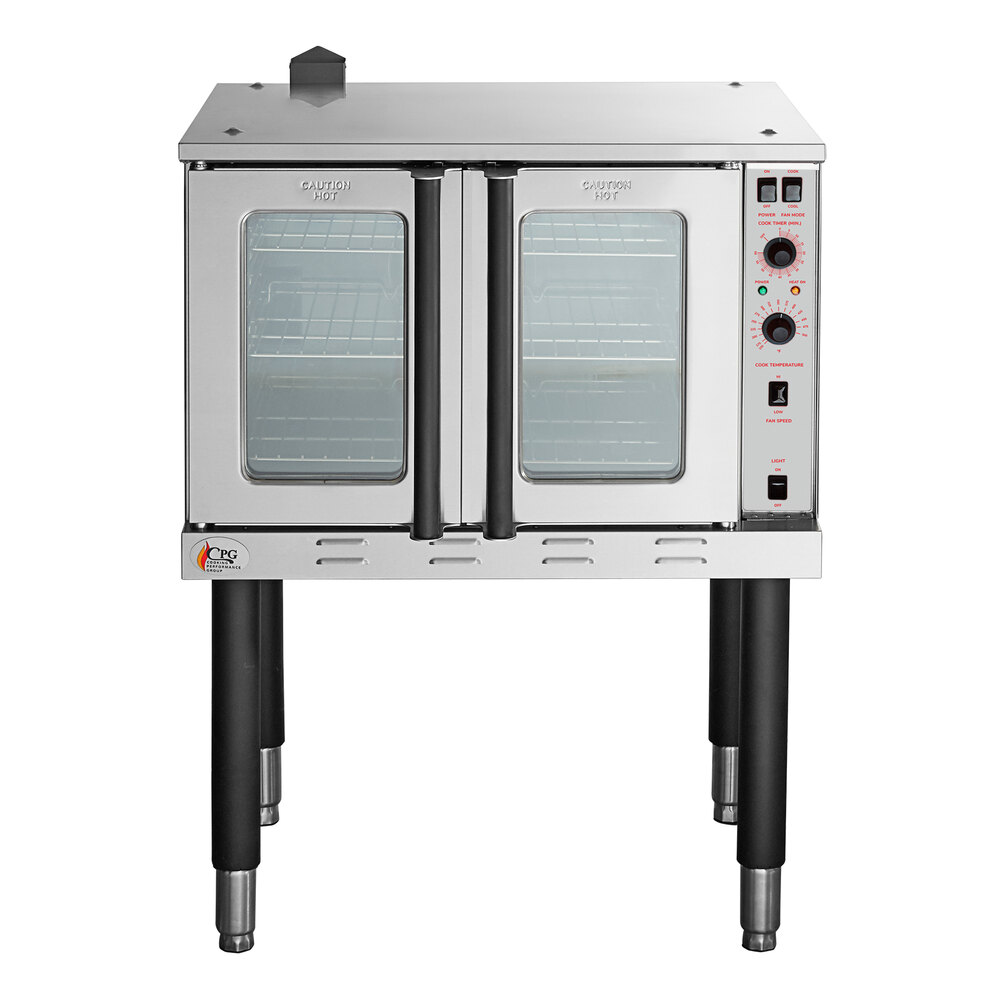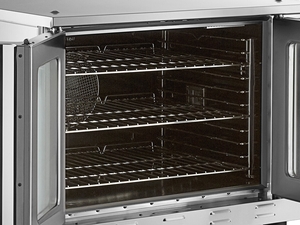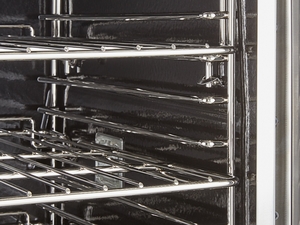Verified Purchase
- Depth:
- Standard Depth
- Configuration:
- Single Deck
- Voltage:
- 208V, 3 Phase
Total junk quit working first day and company won't honor warranty
3 out of 4 found this review helpful
Thank you for your review, Tom! A Customer Solutions Representative will remain in touch with you on this electric convection oven. Please reach out with any questions!
